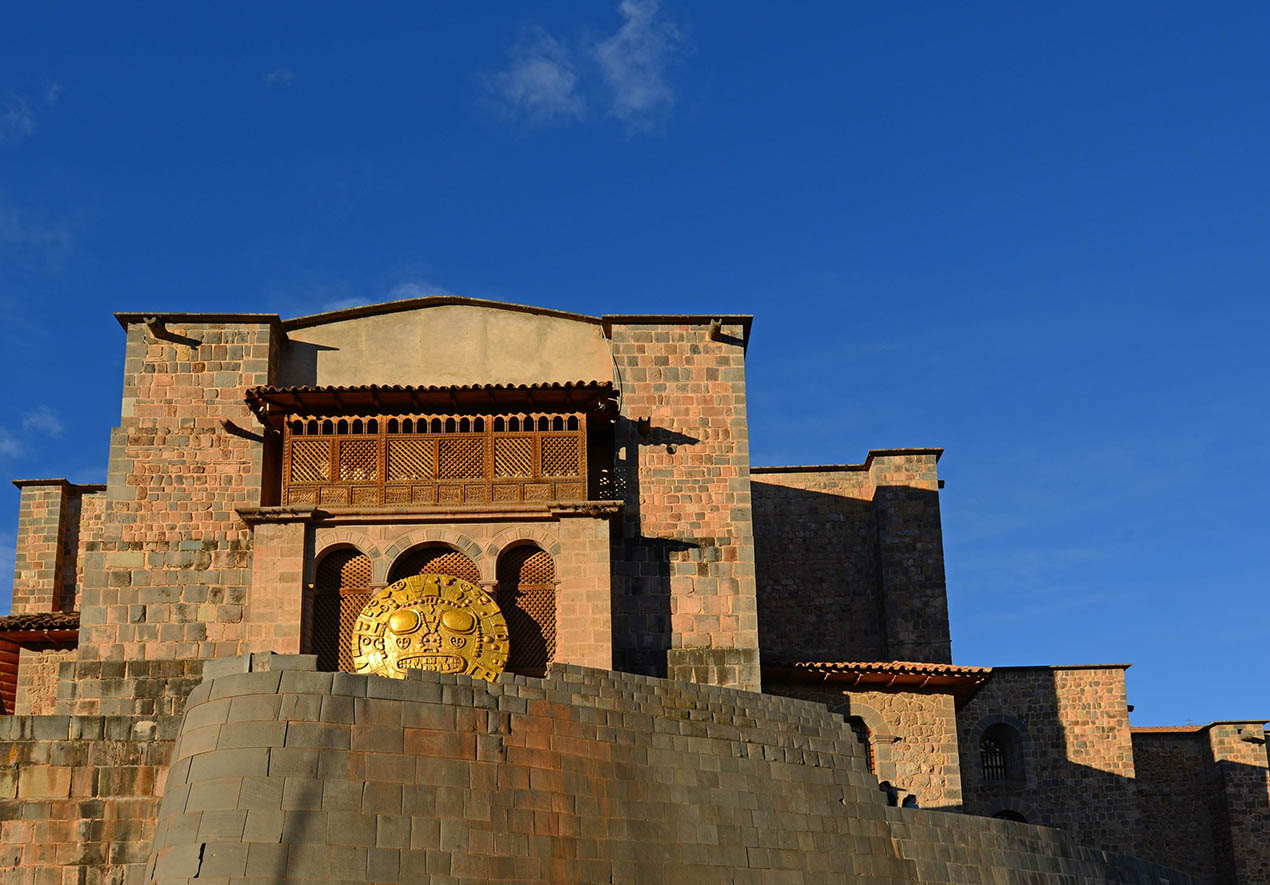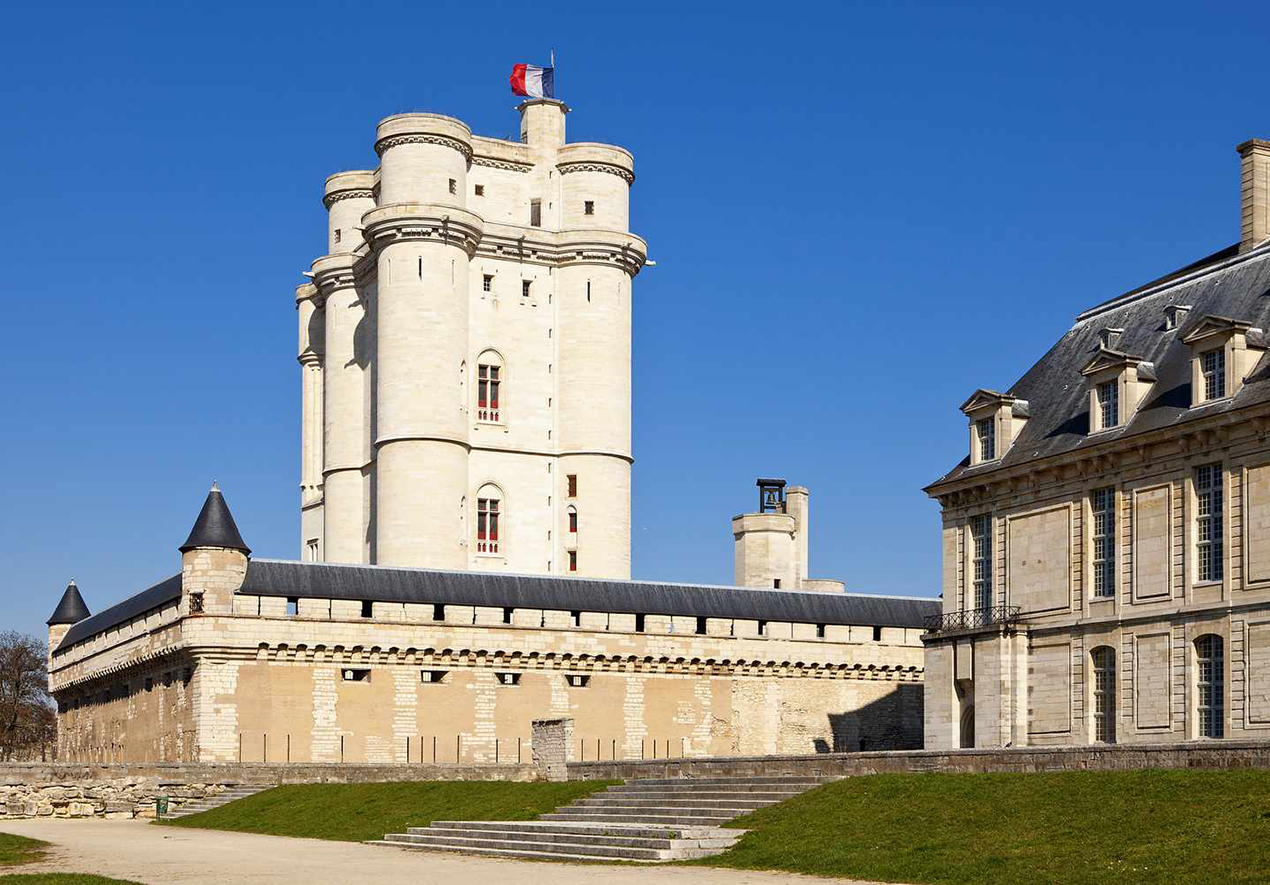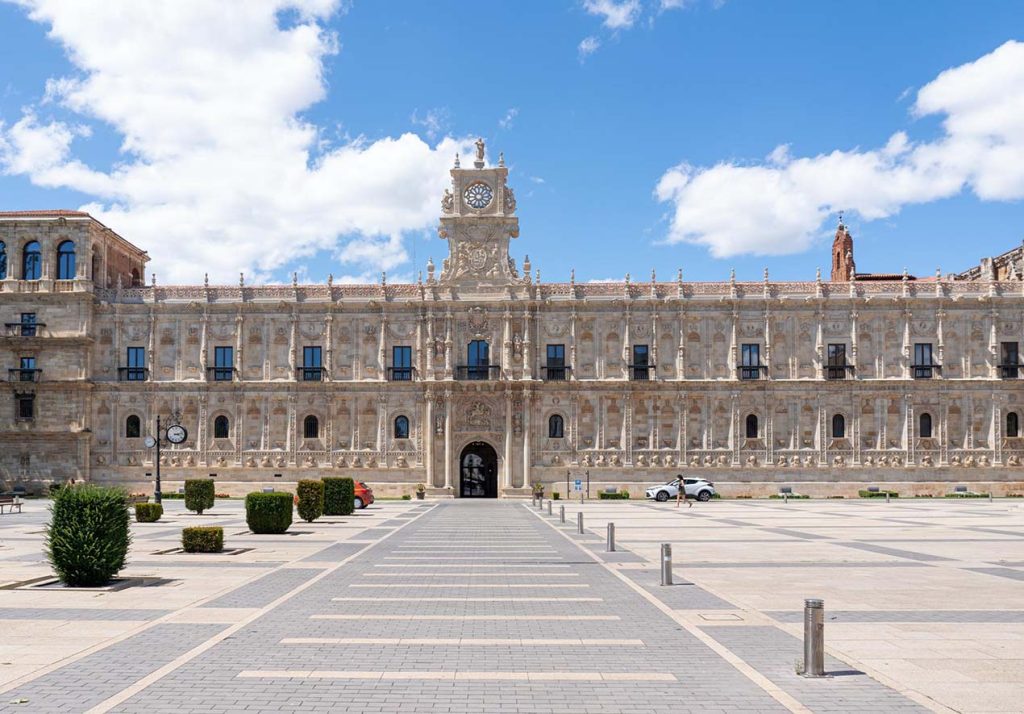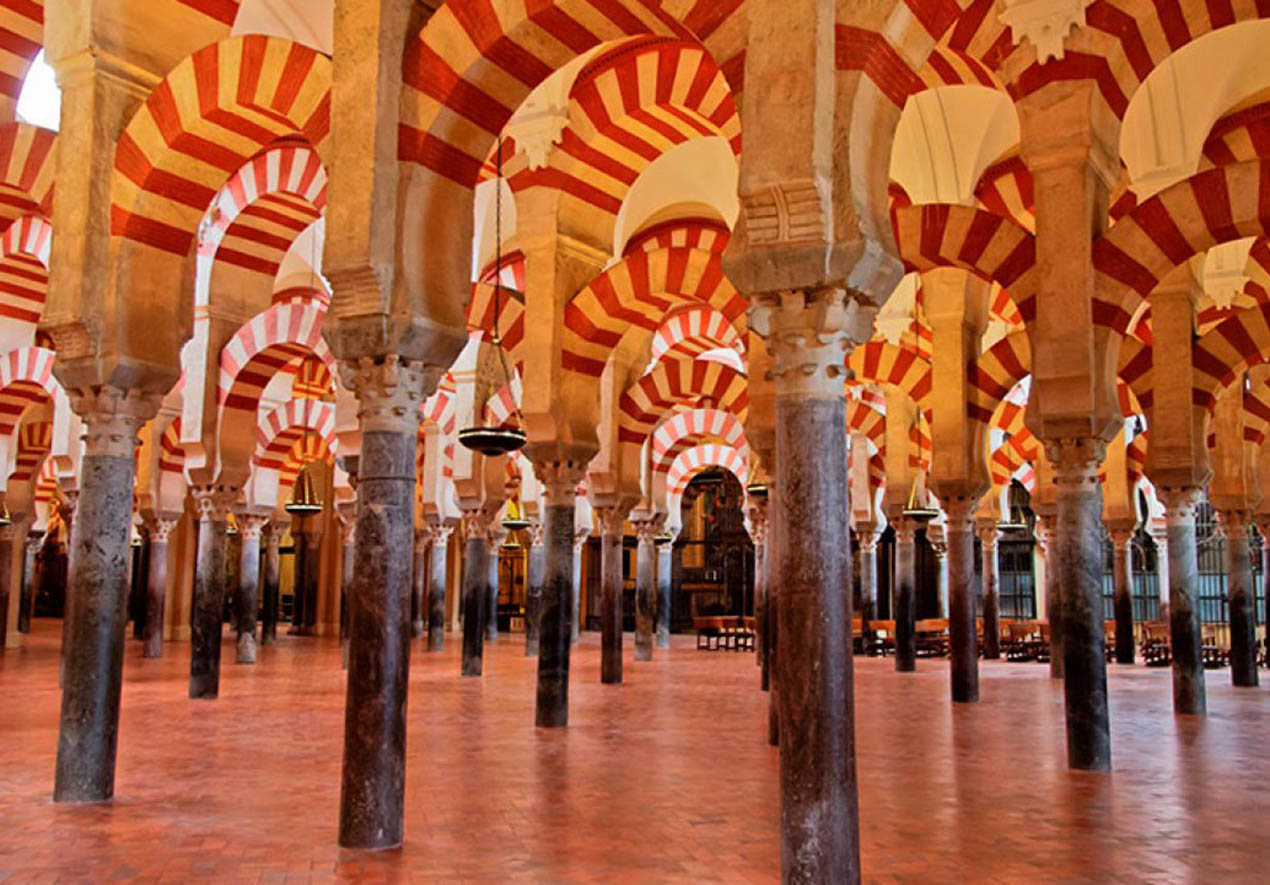I have always dreamed of setting foot on Peru’s mysterious land, experiencing a country filled with ancient culture and stunning landscapes. Finally, in a trip I had been planning for a long time, I had the opportunity to explore this historic country and truly feel the charm of the Inca civilization. Today, I will share my journey through Peru with you, hoping to provide some references for those planning to visit this incredible destination.
I planned a four-day trip to Peru, covering the country’s most iconic attractions. From the magnificent Sun Temple to the mysterious Machu Picchu, then to the beautiful Sacred Valley and the historic city of Cusco, every location left me with lasting memories. Below, I will detail my four-day travel itinerary and personal experiences, helping you explore Peru with ease and fully experience the unique charm of this land.
Sun Temple & Inca Museum
Sun Temple: Step into the Heart of Inca Civilization
Our first day started with a visit to the Sun Temple (Templo del Sol), located in the heart of Cusco. This ancient temple is one of the most significant symbols of the Inca civilization. It was the religious and political center of the Inca Empire, dedicated to the worship of the Sun God. As I walked through this sacred site, I felt as if I had traveled back in time, experiencing the grandeur of the ancient Inca civilization.
The temple’s walls are adorned with large stone blocks, which have withstood centuries of weathering, and still remain remarkably intact. Standing before this ancient structure, I felt the weight of history and the aura of mystery surrounding it. One of the most famous features of the Sun Temple was the Sun God statue, which was said to be made of gold, though it was plundered during the Spanish conquest. Still, the temple remains a place filled with historical significance, and it is a great spot for understanding the Inca people’s reverence for the Sun and their architectural prowess.
Inca Museum: A Deeper Look into Inca Culture
After visiting the Sun Temple, we headed to the Inca Museum (Museo Inka) in Cusco. This museum houses an extensive collection of Inca-era artifacts, showcasing pottery, jewelry, stone carvings, and textiles from the ancient civilization. The exhibits not only highlight the glorious history of the Inca Empire but also reveal their extraordinary achievements in science, agriculture, art, and religion.
I was especially captivated by the Inca Empire’s exquisite craftsmanship. The Incas were able to construct magnificent structures using enormous stone blocks without modern tools, and they skillfully cut these stones with such precision that, even without adhesives, they fit perfectly together, remaining solid and intact for centuries.
The museum’s exhibits also provided fascinating insights into the Inca society, their religious beliefs, and their everyday lives. For anyone eager to explore Peru’s culture, the Inca Museum is an essential stop.
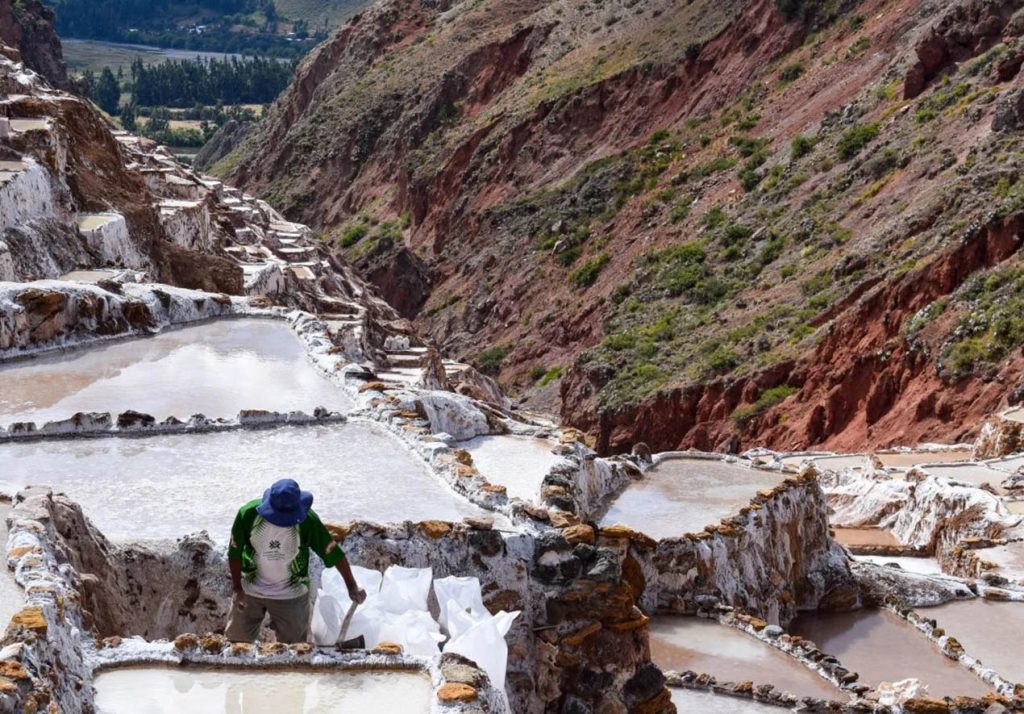
Sacred Valley: A Gift of Nature
On the second day, we headed to the Sacred Valley (Valle Sagrado), one of the most important regions in the Inca Empire. Located around Cusco, the valley is surrounded by the majestic Andes mountains, with breathtaking landscapes where ancient ruins blend seamlessly with nature. Here, we enjoyed a feast for the eyes, with both natural beauty and historical ruins.
The Blend of Nature and History in the Sacred Valley
The natural scenery in the Sacred Valley is nothing short of stunning. With clear blue skies, pristine rivers, lush green mountains, and awe-inspiring ancient ruins, the valley offers one of the best examples of Inca history and natural beauty. One of the highlights was the Ollantaytambo ruins, an ancient Inca town that remains remarkably well-preserved. The ruins feature temples, terraces, and ancient buildings, allowing us to explore the historical importance of this site within the Inca Empire.
In addition, the Sacred Valley is home to other stunning sights, such as the Moray Salt Mines and Pisac Ruins, each showcasing unique aspects of Inca culture. Every place felt like stepping into a different world, where history, culture, and nature came together to tell the story of Peru’s rich past.
Machu Picchu: Conquering the “Lost City”
The third day of our journey was the most anticipated—Machu Picchu, the world-famous Inca site, known as the “Lost City of the Incas.” Situated atop the mountains west of Cusco, Machu Picchu is a must-visit UNESCO World Heritage site. From the Sacred Valley, we took a scenic train ride to the foot of the mountain and then boarded a bus to the top of the mountain to reach the entrance of Machu Picchu.
Machu Picchu: A Marvel of Architecture and Landscape
Standing on top of Machu Picchu, looking down on the ancient city and the surrounding mountains, I was truly awe-struck. The architecture of the city is a perfect example of Inca engineering, with stones carefully cut and joined without mortar, remaining intact through the centuries. Machu Picchu is a combination of a religious site, a city, an observatory, and a palace, reflecting the ingenuity and spiritual depth of the Incas.
The city is situated on steep cliffs, with its stone structures nestled among the mountains. The view from Machu Picchu is truly breathtaking, and it is undoubtedly one of the most iconic sights in the world. We spent the entire day exploring the ruins, taking photos, and learning more about the history and significance of the site.
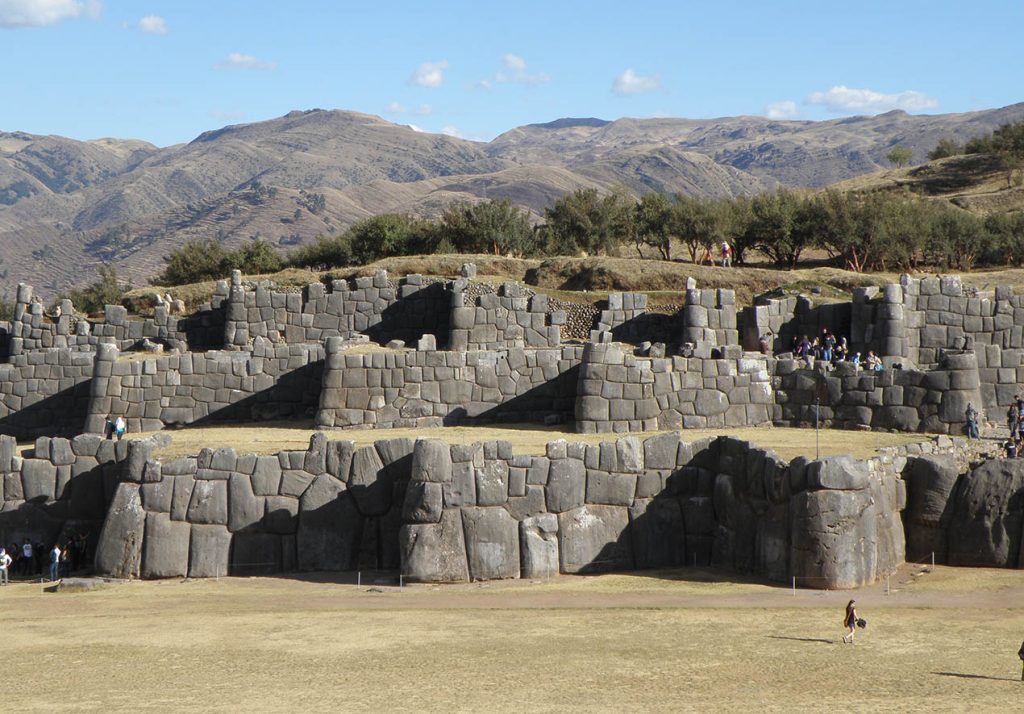
Cusco: The Fusion of History and Modernity
On the final day of our trip, we returned to Cusco, the former capital of the Inca Empire and now Peru’s cultural and tourism hub. Cusco is a city filled with history, where ancient ruins and colonial-era buildings stand side by side.
The Historical Charm of Cusco
We began our day by visiting the Cusco Cathedral and the San Blas District, which are filled with colonial architecture and showcase the fusion of Inca and Spanish influences. Walking through the streets of Cusco, I could feel the city’s deep historical roots, with every corner telling a different story of the past.
The Blend of the Modern and Traditional
Although Cusco has preserved many of its historical sites, it is also a modern city with a thriving cultural scene, offering a wide range of restaurants, cafes, and shopping experiences. In the evening, we enjoyed a delicious Peruvian dinner, including local dishes like Seco de Carne (a traditional beef stew) and a fresh quinoa salad, offering a perfect blend of traditional flavors and modern culinary techniques.
This four-day trip to Peru allowed me to experience the captivating beauty and rich history of this magical land. From ancient Inca sites to breathtaking natural landscapes, Peru truly is a place where history and nature intertwine to create an unforgettable experience. Whether you’re a history enthusiast, a nature explorer, or a food lover, Peru has something for everyone.
I hope my travel experience has inspired you to embark on your own journey to Peru. The charm of this mysterious land awaits, and I’m sure you will fall in love with the country as I did. Get ready to explore the wonders of Peru, and experience the magic of this ancient civilization firsthand!
